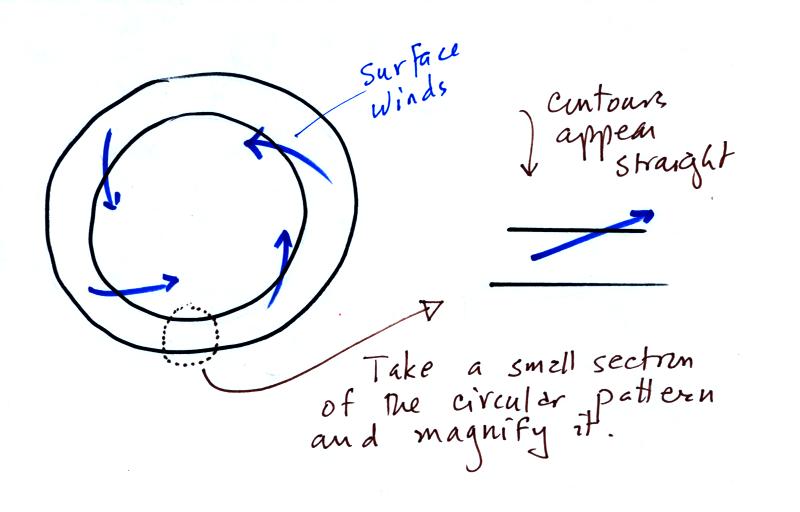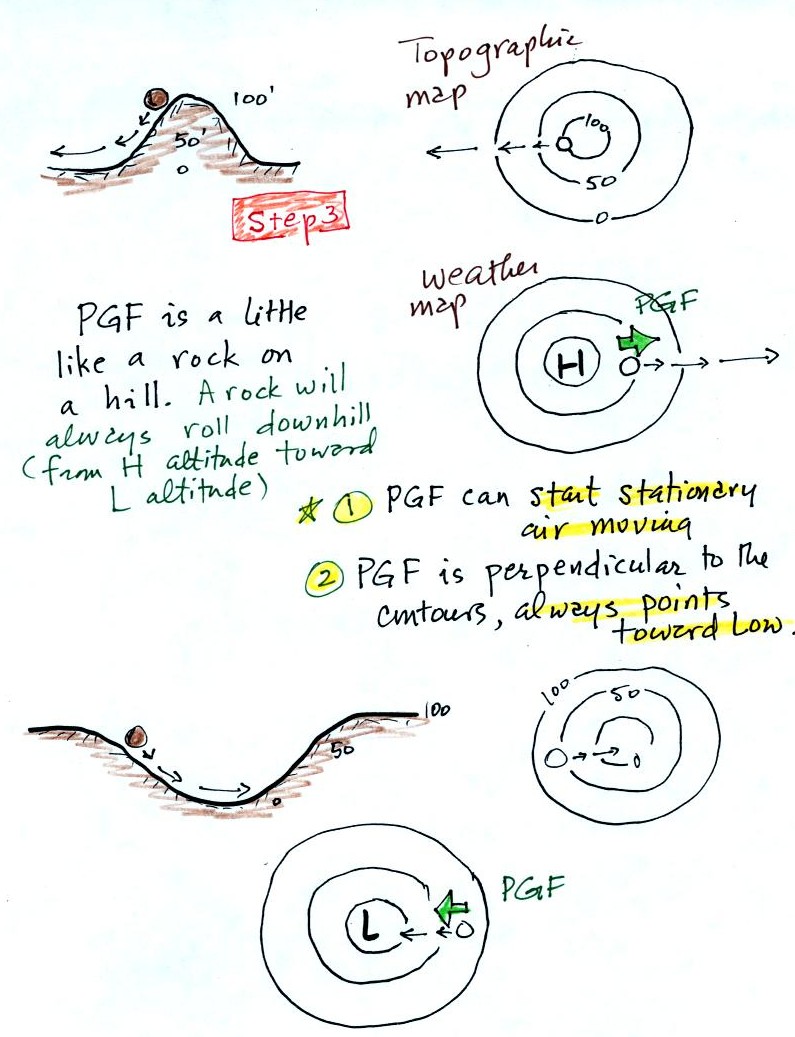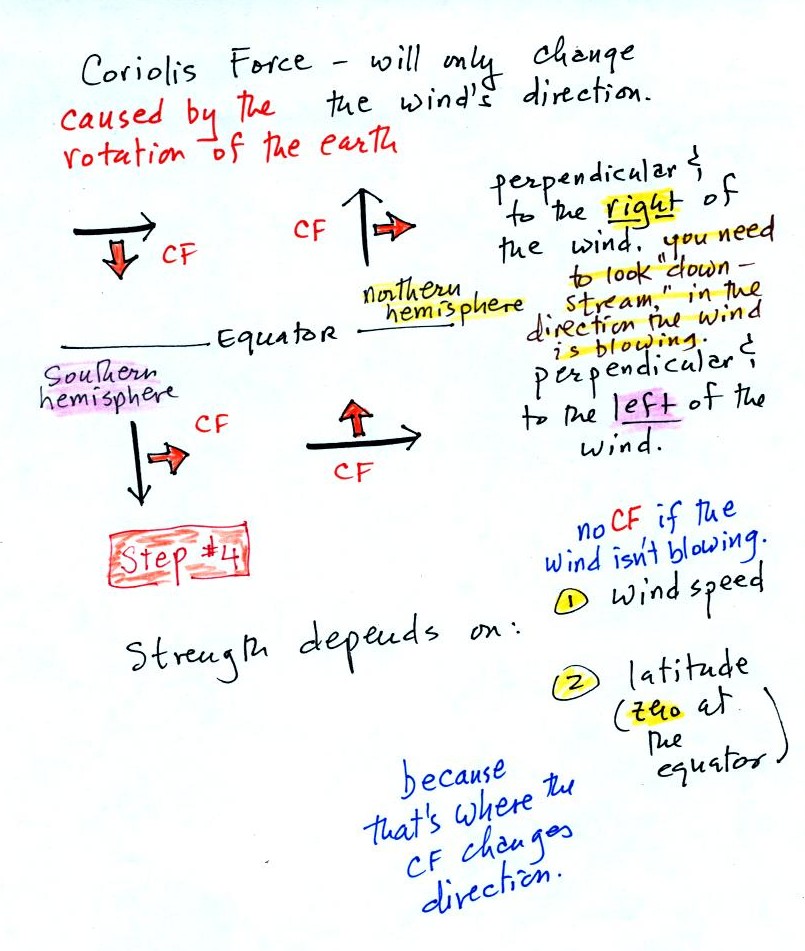Friday Nov. 7, 2008
click here to download today's notes in
Microsoft WORD format.
Today's song was "Dancing". It was sung by an Italian singer Elisa (Elisa Toffoli).
We saw her singing with Andrea Bocelli earlier in the semester.
Quiz #3 has been graded and was returned in class today. Please
check your quiz carefully for mistakes.
In the game of Survivor the object is to "outwit, outplay, and outlast"
your opponents. That applies in some respects at this point in
NATS 101. The semester is quickly coming to an end.
For the purposes of allowing you plan ahead I announced by intention to
cancel class on Wednesday Nov. 26, the day before Thanksgiving.
The last of the 1S1P reports are most likely going to be due on Monday
Nov. 24, the Monday before Thanksgiving. Late reports won't be
accepted this time (or we won't get them graded), so if you aren't
going to be in class or in town on Nov. 24, you should plan to finish
and turn in your report(s) early. 1S1P Assignment #3 will appear
online early next week (probably before class on Monday).
The final exam for this class is on Friday Dec. 12, just two days after
the last day of classes. That might be a little too soon for some
of you. You will have the option of taking the exam with the
other section of the class on Thursday Dec. 18. More about that
as we get closer to the final.
Finally, there is a link to a hidden optional assignment
somewhere in today's notes. Look everywhere (follow all the links
below), it is pretty well hidden.
Today we
will be learning about why upper level and surface winds blow the way
they do. I didn't do a very good job of explaining why we would
be doing this - I'll try to make that clearer in class on Monday.

Upper level winds spinning around high and low pressure in the
northern and southern hemispheres are shown in the first set of four
pictures. The first thing to notice is that upper level winds
blow parallel to the contours. We will see that 2 forces, the
pressure gradient force (PGF) and the Coriolis force (CF), cause the
winds to blow this way. Eventually you will be able to
draw the directions of the forces for each of the four upper level
winds examples. Here is an example
of what you will be able to do. Note I am saying will, with a little effort
and thought, be able to
do and not should be
able to do.
The four drawings at the bottom of the page show surface winds blowing
around high and low pressure in the southern hemisphere. These
winds blow across the contour lines slightly, always toward low
pressure. The frictional force is what causes this to
occur. He is
an example of what you will be able to say about surface winds
blowing around low pressure in the southern hemisphere.

The pressure gradient force always points toward low pressure.
The PGF will cause stationary air to begin to move (it will always move
toward low
pressure).
The Coriolis force is caused by the rotation of the earth and points
perpendicular to the wind. It can only
change the wind's direction, it can't cause the wind to speed up or
slow down. The direction of the CF depends on whether you're in
the northern or southern hemisphere. There will be a little more
explanation of what causes the Coriolis force in class on Monday.
Now we start to put everything together. The PGF at Point 1
starts stationary air moving toward the center of low pressure (just
like a rock would start to roll downhill).
Once the air starts to move, the CF causes it to turn to the right
(because this is a northern hemisphere chart). The wind
eventually ends up blowing parallel to the contour lines and spin in a
counterclockwise direction. Note that the inward PGF is stronger
than the outward CF. This results in a net inward force,
something that is needed anytime wind blows in a circular path.
See if you can figure out what to do with this figure. When you
think you have the answer click here.
With high pressure the air starts moving outward. In this
example
the wind takes a right turn and ends up blowing in a clockwise
direction around the high. Note there is a net inward force here
just as there was with the two previous examples involving low pressure.
Try this one on your own. When you think you have the
answer, click here.
The next two figures cover surface winds
The top figure shows upper level winds blowing parallel to
straight contours. The PGF and CF point in opposite directions
and have the same strength. The net force is zero. The
winds would blow in a straight line at constant speed.
We add friction in the second picture. It points in a direction
opposite the wind and can only slow the wind down. The strength
of the frictional force depends on wind speed (no frictional force if
the wind is calm) and the surface the wind is blowing over (less
friction over the ocean than over the land).
Slowing the wind weakens the CF and it can no longer balance the
PGF. The stronger PGF causes the wind to turn and blow across the
contours toward Low.
Eventually the CF and Frictional force, working together, can balance
out the PGF.

The winds are spiralling inward in the top and bottom
examples.
These must be surface centers of low pressure. The middle two
examples are high pressure. The winds spin in the same directions
around surface highs and lows as they do around upper levell highs and
lows.
Converging winds cause air to
rise. Rising air expands and cools and can cause clouds to form
(I'll bet you're getting sick of hearing that). Diverging winds
created sinking wind motions and result in clear skies.
.











